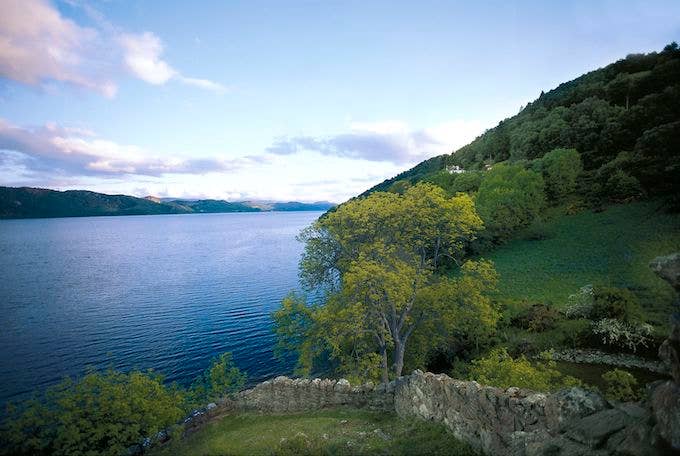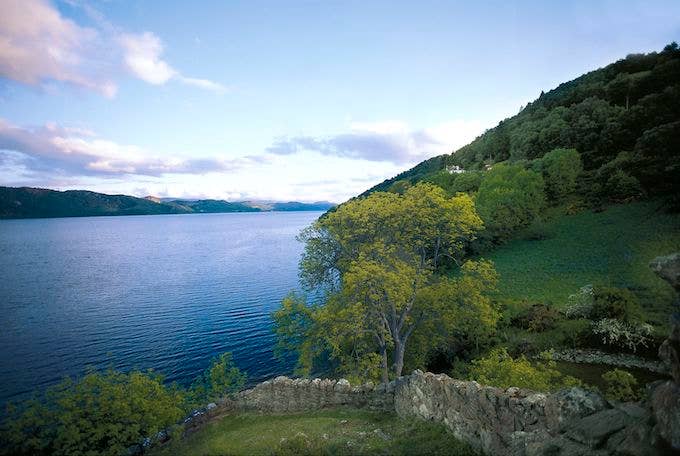
The same researchers who hinted that they might have found proof that the Loch Ness Monster is real now believe that Nessie might in fact be a giant eel.
CNN reports that researchers studied DNA samples from the lake in Scotland where Nessie allegedly lives and discovered that “there are large amounts of eel DNA in Loch Ness,” according to Neil Gemmell, a geneticist from New Zealand's University of Otago
Scientists started studying the lake’s biodiversity in June 2018, taking 250 samples of water from a number of locations and depths to classify the lake’s inhabitants.
They ultimately found around 3,000 distinct species. “Most of those are so small, you'll never see them,” Gemmell said. He added that while the study’s focus was the lake’s biodiversity, a Loch Ness monster sighting would have been a perk.
Taken in 1934, the most famous photo of the Loch Ness monster was found to be a toy submarine, with a model head and neck attached. Since then, varying theories indicate that Nessie could be a dragon, marine dinosaur, or a big catfish.
The new data has suggested that some of the more fantastical theories can be dismissed. “Is there a plesiosaur in Loch Ness? No. There is absolutely no evidence of any reptilian sequences in our samples,” Gemmell said. “So I think we can be fairly sure that there is probably not a giant scaly reptile swimming around in Loch Ness.”
The geneticist also said that the catfish theory is unlikely: “There may be giant catfish in Loch Ness but we didn't detect any of them.”
But the eel theory “remains plausible” due to a significant amount of eel DNA. “We don't know if the eel DNA we are detecting is gigantic, from a gigantic eel, or just many small eels,” Gemmel added. “These normally grow to about four to six feet in length, and some people are saying they are observing organisms that are much, much larger than that.”
Loch Ness enthusiasts shouldn’t lose all hope. “A lack of evidence is not necessarily evidence of absence,” Gemmell said. There may well be a monster in Loch Ness. We didn't find it.”

